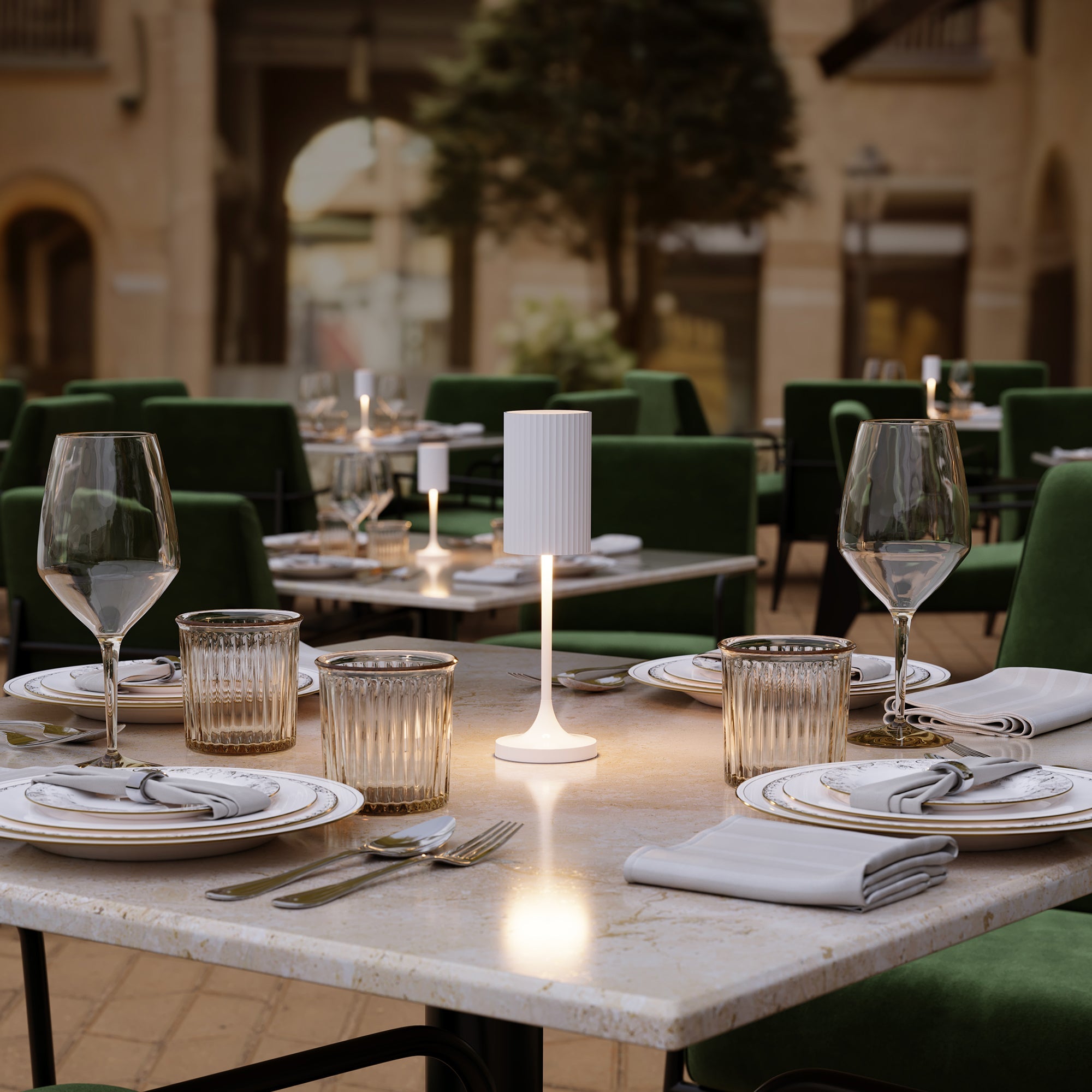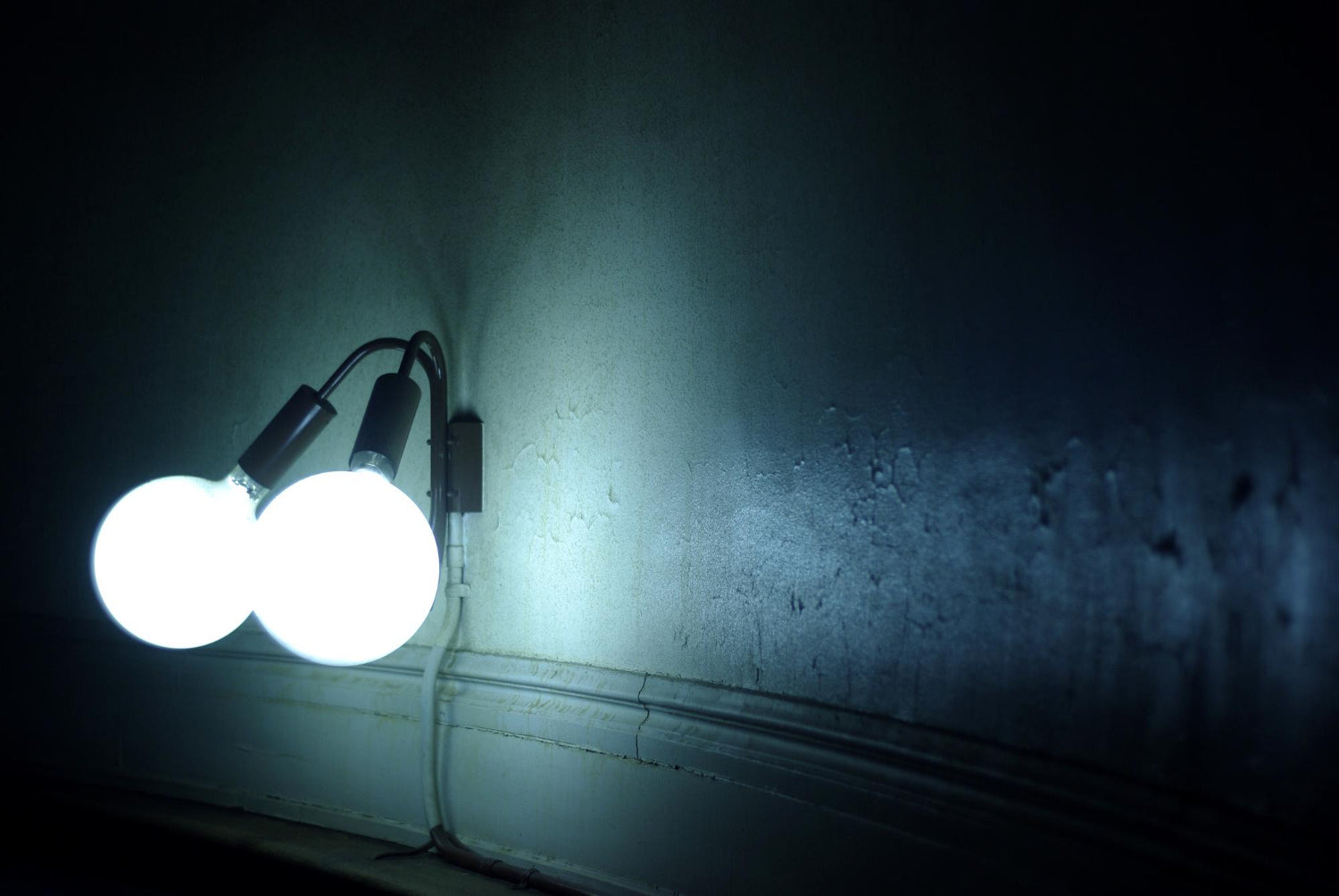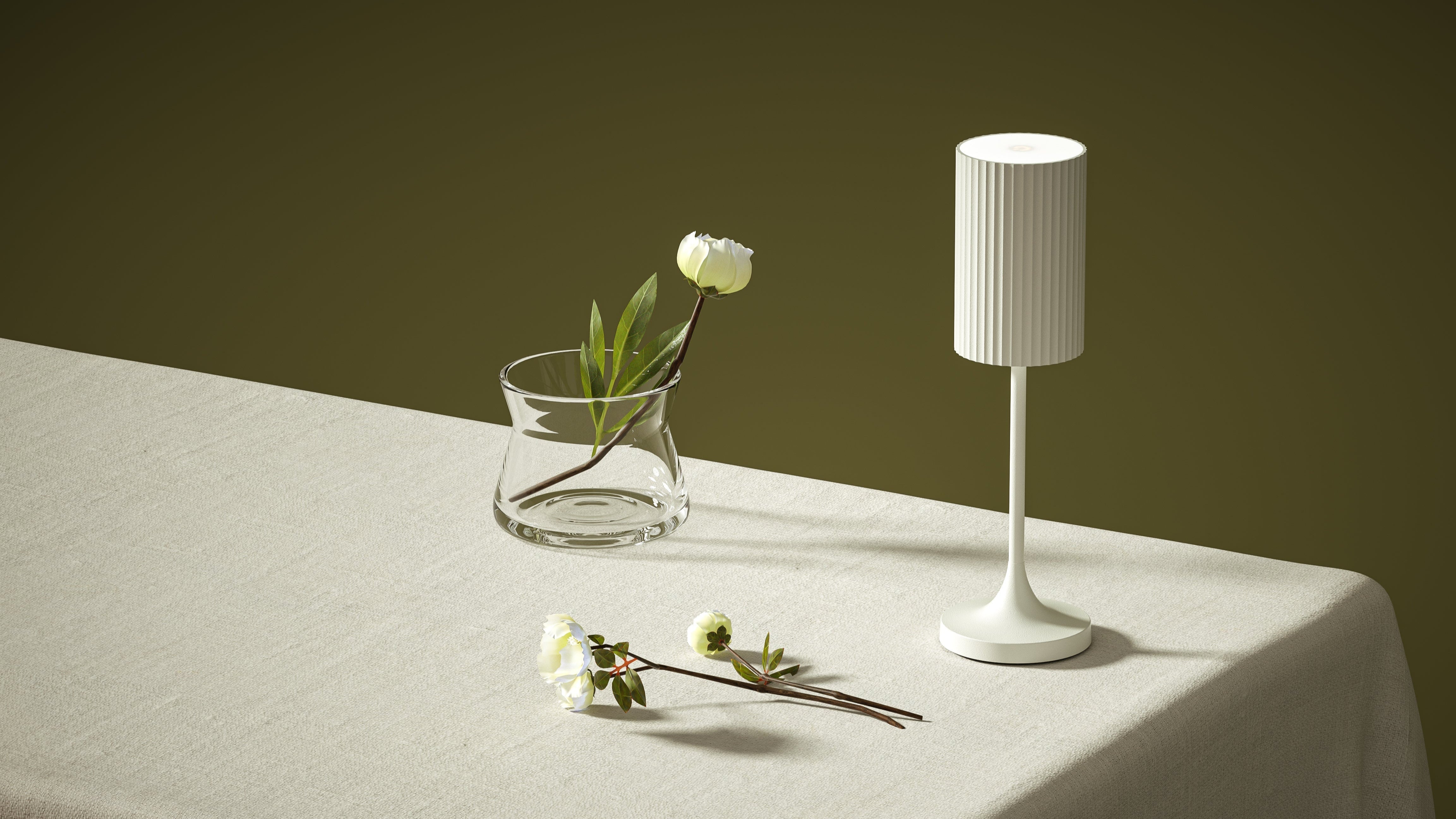
Lighting for All Seasons: Creating Year-Round Ambience Indoors and Outdoors
Lighting design is often about creating moments — a candlelit dinner, a golden hour terrace, or a dim lounge after dark. But exceptional hospitality doesn’t exist in a single season. It flows across long winter nights, breezy spring afternoons, and glowing summer sunsets. The lighting that feels right in July might be too dim by December.
At Trempa Lights, we believe lighting should adapt just like your menu does. In today’s competitive hospitality landscape, seasonal lighting isn’t just a luxury — it’s a necessity. That’s why our cordless, rechargeable table lamps are designed for all seasons, helping restaurants, hotels, and cafés deliver consistent ambiance year-round.
Plan Around Natural Light — Then Layer Smartly
In spring and summer, natural daylight sets the mood. But by late afternoon or during transitional seasons, it fades fast. That’s when layered lighting becomes essential.
Understand how sunlight interacts with your venue — a seaside terrace in Ibiza won’t behave like a garden patio in Oslo. Use warm-toned overheads, dimmable up-lights, or portable lighting like Trempa’s cordless table lamps to gracefully enhance the atmosphere as light changes.
Use Dimmable & Adjustable Fixtures for Smooth Transitions
Hospitality spaces need to flow with the rhythm of the day. Fixed lighting creates static environments, while dimmable fixtures allow seamless shifts from day to night. Trempa Lights are designed with this adaptability in mind, offering easy transitions in mood and intensity without disrupting your guests' experience.
Especially in indoor-outdoor layouts, syncing your lighting ensures that moving between spaces feels natural, not jarring. Our cordless designs allow for total flexibility — no wires, no limits.
Choose Materials That Match the Season
Outdoor lighting must be both durable and inviting. Our IP65-rated lamps are built to withstand rain, wind, and dust — while maintaining elegant aesthetics year-round. From frosted glass to matte-finish metals, Trempa Lights combine beauty and resilience in every detail.
Incorporate Lighting into Your Seasonal Strategy
Just like your cocktail menu or décor, lighting should evolve with the seasons. Think candle-style glow in winter, clean warm light in summer. Trempa’s lamps let you adjust tone, temperature, and placement in minutes — helping you stay responsive and relevant all year.
Design for Flexibility, Not Just Beauty
Hospitality is dynamic. Your lighting plan should be too. Trempa Lights are cordless, rechargeable, and repositionable — allowing your staff to adapt layouts daily, weekly, or seasonally, without technical complexity.
Light That Works All Year Long
Lighting that adapts to the seasons creates consistency for your brand and comfort for your guests. Whether it’s under a summer sky or a winter canopy, the right lighting transforms moments into memories.
Explore our seasonal-ready cordless lighting at www.trempalights.com and discover how Trempa Lights can elevate your space — every day of the year.
Trempa Lights – Professional Cordless Lighting Solutions for Hospitality


